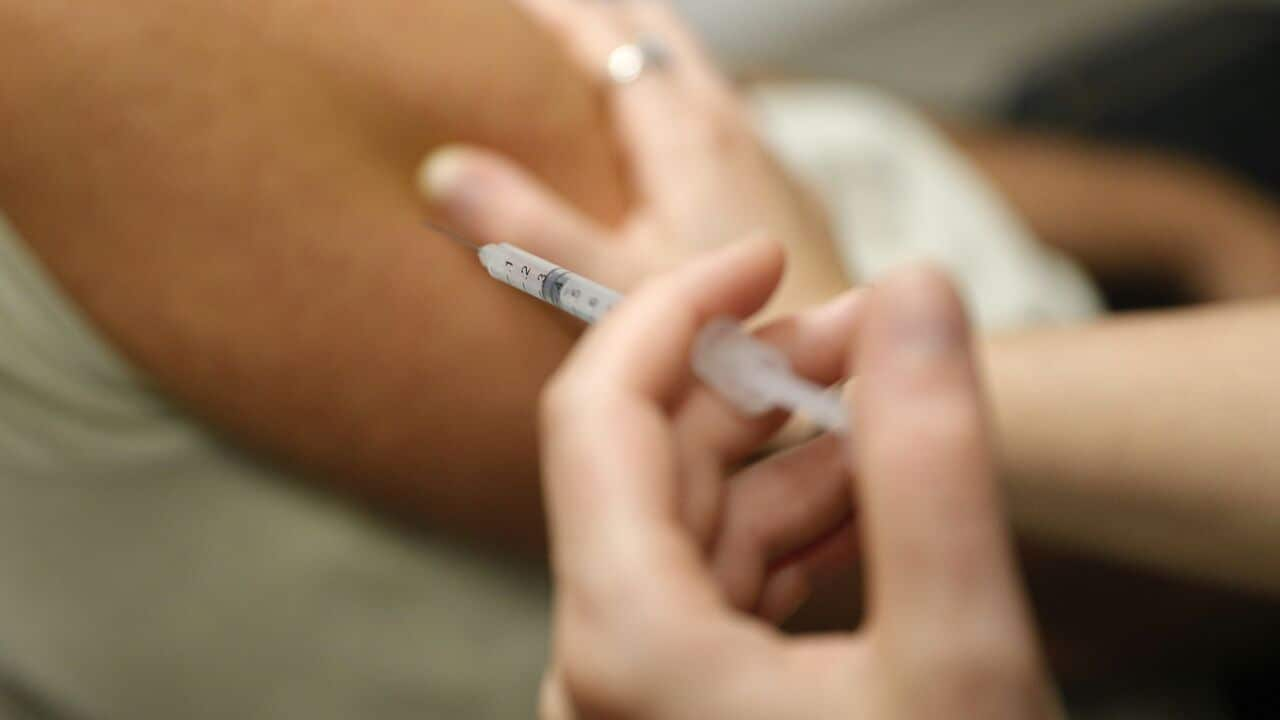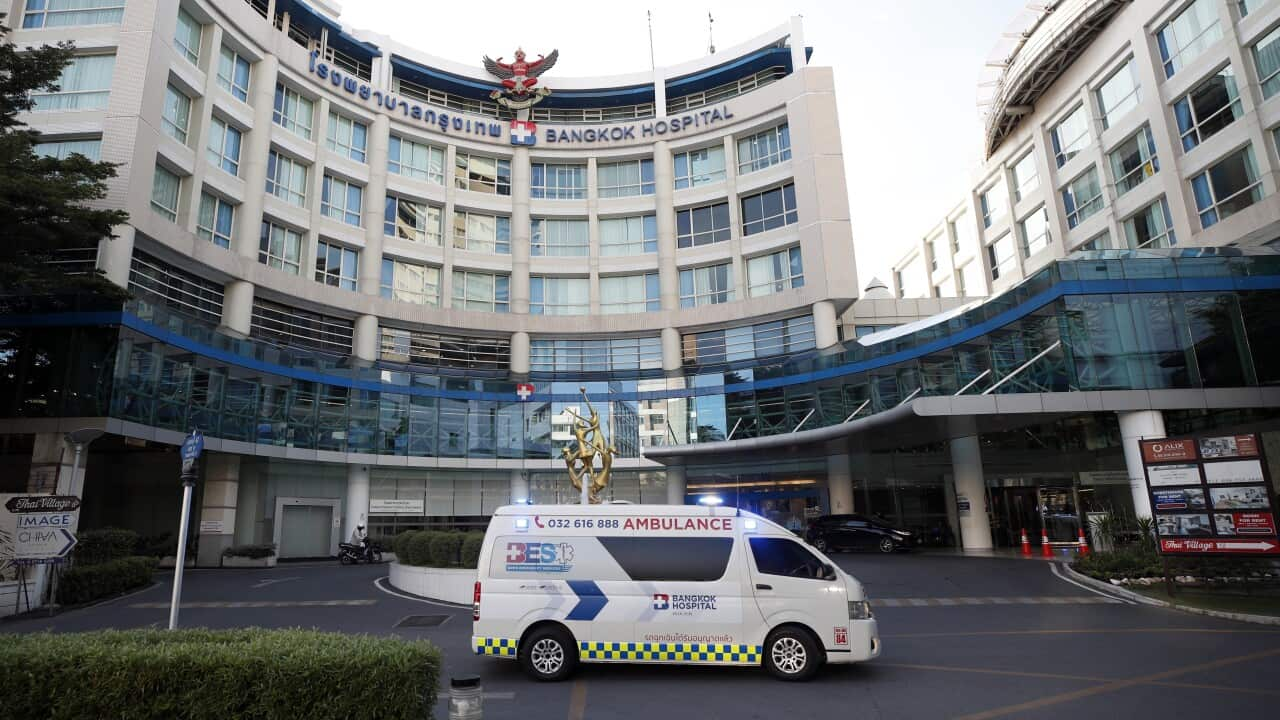Australia will soon roll out a new COVID-19 vaccine, with the updated designed to target a different subvariant of the disease to previous vaccines.
The Department of Health and Aged Care has confirmed Pfizer’s JN.1 vaccine is set to be available from 9 December.
The department also confirmed the immunisation guidelines will be refreshed in the coming weeks to include updated advice for the new vaccine.
The Therapeutic Goods Administration (TGA) confirmed to SBS News in October the shot had been approved for people over six months old.
Professor Nathan Bartlett, an immunology researcher from the University of Newcastle, told SBS News the new vaccine is based on exactly the same formulation as the previous Pfizer vaccine, just encoded for the new subvariant.
“It’s just a matter of tweaking the sequence of the RNA essentially but biochemically the vaccine is is identical and so it has exactly the same safety profile as previous mRNA vaccines,” he said.
The TGA and ATAGI also closely monitor all current and emerging evidence on COVID-19 vaccines, including safety and efficacy data.
What will the new vaccine target?
The new vaccine targets the Omicron subvariant JN.1, which gave way to two subsets of variants dubbed ‘FLiRT’ and ‘FLuQE’. While FLuQE is currently dominant in Australia, the new Pfizer shot should protect against it.
The most recent vaccine update Australia had was in late 2023 and Professor Paul Griffin, an infectious diseases researcher from the University of Queensland, said the protection Australians are getting from current vaccines targeting the omicron subvariant XBB.1.5 has declined.
“The virus has changed a lot this year and we’ve still been using vaccines targeting XBB, which hasn’t been the most prevalent subvariant for quite some time,” he said.
“These updates to target JN.1are going to be really important and I mean, these vaccines will give better protection than the boosters we’ve been using thus far”.
What about boosters?
Both Griffin and Bartlett said the current guidelines on booster shots can be confusing because people may feel unsure of what being ‘eligible’ means for booster shots, as compared to shots being ‘recommended’.
Bartlett said that for people over 18 years old who are immunocompromised or people aged 75 years or over, booster shots are recommended every six months, as they are more likely to develop severe disease.
But for younger adults and those who aren’t immunocompromised, the language is less strong and it’s more “a case of personal choice”, Bartlett said.
Griffin described booster shots as “a bit of a minefield at the moment” and said the government recommendations need to be clarified, as the uptake of booster shots is low.
Data from the Australian Immunisation Register last year found 16.6 million adults nationally hadn’t had a COVID-19 vaccine in the last six months, while 2.9 million had.
Griffin said there are a lot of reasons to consider getting vaccinated and individual risks like travelling and what people do for work should factor into those considerations.
“It’s not clear-cut but basically for most people, once a year should be what you strongly consider getting a booster for, particularly if you’ve got any additional risk factors,” Griffin said.
Why is Australia so behind?
While the JN.1 vaccine is hitting Australia soon, it has been available in other parts of the world for months.
In June, the US Food and Drug Administration advised all vaccines should target JN.1 and in the time Australia has taken to approve roll out these vaccines, the United States has even updated vaccines to target a newer subvariant, KP.2.
“We’re quite a way behind, which, while we certainly want to encourage our rigorous processes to make sure that we have all the necessary data and necessary approvals in our country, it has been a little bit frustrating,” Griffin said.
Griffin said Australia is traditionally behind other countries in vaccine approval and “we do need to be able to do this more efficiently so that people can benefit from our updated vaccines as quickly as possible.”
“We are potentially experiencing another wave now or soon and we’re only just getting these vaccines available and the virus has continued to change — so we do get reduced impact from these updates if there’s a delay to having them available,” he said.














